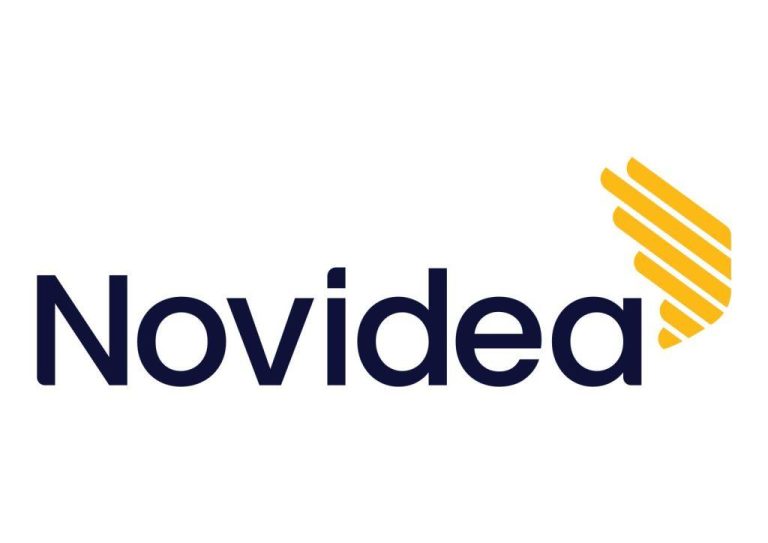
Ever wonder why Sherlock Holmes barely ever had to pay any taxes? He was a master of deduction, of course! The most exciting part of the rather drab tax filing affair is finding the ways to (legally) reduce your taxes with credits and deductions. Do you know the difference between the two?
A tax deduction reduces your taxable income while tax credits reduce your tax payable. Let’s dig into what that means and how you can use tax credits and deductions to your advantage.
What is a tax deduction?
A tax deduction lowers your taxable income — which means the amount of income you owe for taxes is reduced.
For example, if you made $65,000 last year and claimed $5,000 in approved deductions, you would only have to pay tax on a reduced income of $60,000.
You’re probably already familiar with the Registered Retirement Savings Plan (RRSP) Deduction as one of the best tax-saving strategies in Canada. The more you contribute to your RRSP, the more you can deduct from your taxable income each year.
You may be eligible for some of these other common tax deductions, including:
- Union, professional, or dues, if these fees were related to your professional income
- Child care expenses, if you these expenses are for the purpose of earning a living or going to school
- Support payments, if you made spousal support payments
- Moving expenses, if you moved more than 40kms in order to be closer to your place of employment or to attend school
- Other employment expenses, if your employer required you to pay your own expenses and you’ve received a T2200 – Declaration of Conditions of Employment form
- Carrying charges and interest expenses, if these expenses were paid in order to earn business or investment income
Switch to TurboTax® Canada and file your taxes for only $60. Terms and conditions apply.
What is a tax credit?
A tax credit directly reduces how much tax you owe. Think of a deduction as shrinking the pie you’re taxed on, and a credit as taking a slice off your final bill.
After you’ve added up all your deductions and calculated your reduced taxable income, you can further reduce your taxes with tax credits.
There are two types of tax credits: non-refundable and refundable.
Non-refundable tax credits
Non-refundable tax credits help you reduce the taxes you owe. They are subtracted from your tax amount payable and are considered non-refundable because these credits don’t count towards a tax refund. If your total non-refundable credits are more than the taxes you owe, you will not get a refund for the difference.
For example, if you owe $1,000 in taxes and qualify for $250 in non-refundable tax credits, you would only owe $750 in taxes. If you owe $1,000 in taxes and qualify for $1,200 in non-refundable tax credits, you would owe $0 in taxes and the extra $200 would not be refunded.
The best example of the non-refundable tax credit is the Basic Personal Amount (BPA).
For the 2024 tax year, the BPA is $15,705 for individuals with a net income of $173,205 or less. This amount is reduced for higher-income earners.
You may be eligible for some of these other common non-refundable tax credits:
- Canada Caregiver Credit, if you are a caregiver to someone with a disability
- Home Buyers’ Amount, if you’re a first-time homebuyer or a homebuyer with a disability
- Home Accessibility Expenses, if you renovated your home to be safer or more accessible for seniors or the disabled
- If you paid interest on your student loan in the current tax year or the preceding 5 years
- If you made tuition or education-related payments in the tax year, including textbook amounts
- Eligible medical expenses, if your medical expenses cost you more than the lesser of two options: 3% of your net income (as reported on line 23600 of your tax return) or $2,759 (the threshold for 2024)
- Donations and gifts, if you made charitable or political donations
Refundable tax credits
Refundable tax credits are credits that the government will pay you if you qualify for them, even if you don’t owe any taxes. They’re considered refundable because if the amount of the credit is more than the taxes you owe, you will get a refund for the difference.
For example, if you owe $1,000 in taxes and qualify for $1,200 in refundable tax credits, you would be issued a refund of $200.
Governments may pass on these refundable credits to you in a series of payments throughout the year to help with living expenses, like the tax-free quarterly GST/HST Credit payment that helps individuals and families with low incomes offset the GST and HST that they pay. To continue getting payments, you need to do your taxes every year, even if you have no income at all.
Other common refundable tax credits can include:
- CPP or EI overpayment.
- Canada Workers Benefit (CWB), if you’re an eligible low-income individual or family in the workforce
- Canada Child Benefit (CCB), if you’re an eligible family with children under 18 years of age
How do tax deduction and tax credits actually work?
Canada uses a progressive income tax system, which means low-income earners are taxed at a lower rate than higher-income earners. We pay a combination of both federal and provincial income taxes. Let’s take a practical look at how your tax deductions and credits actually work using the federal tax brackets.
As of 2024, the federal income tax brackets, which are adjusted for inflation, are:
-
15% on the first $55,867, plus
-
20.5% on the portion from $55,867 to $111,733, plus
-
26% from $111,733 to $173,085, plus
-
29% from $173,085 to $244,261, plus
-
33% on income over $244,261
If you earned $49,020, you would fall into the 15% tax bracket and be subject to $7,353 in federal income tax. If you earned $55,867 to $111,733, the first $55,867 you earn would still be subject to 15% in tax, and the remainder, up to $111,733, would be subject to the 20.5% income tax rate.
How to calculate a tax deduction
A tax deduction will reduce your taxable income.
Let’s assume you live in Ontario and earned $65,000 in taxable income. Without a tax deduction, your federal and provincial tax owed would be $11,130.55.
Make a $5,000 registered retirement savings plan (RRSP) contribution and this tax deduction would reduce your taxable income to $60,000. As a result, the total federal and provincial tax owed is now $9,648.05 — saving you almost $1,500 in taxes owed.
Take advantage of tax credits and tax deductions
If you’re in the lowest tax bracket, the value of a tax deduction is equal to the value of a tax credit, both are calculated at the 15% rate (the lowest federal tax bracket). Tax deductions become more valuable than tax credits when your income increases, since deductions reduce your taxable income at your marginal tax rate.
Your non-refundable credits and deductions may leave you without any taxes due. Additional refundable credits may mean that you’re in for a refund from the CRA. For example, if you end up with no taxes due and qualify for a $1,000 refundable tax credit, you would receive the entire amount as a refund. With that in mind, it’s common practice to calculate your refundable credits after you’ve factored in all eligible deductions and non-refundable credits.
The availability of tax credits and deductions change from year to year. Just because they were available one year doesn’t mean they’ll be there the next — they are not guaranteed.
For example, the 2020 tax year introduced a $400 deduction to cover home and office expenses for Canadians working from home due to the COVID-19 pandemic — this temporary home office expense deduction is no longer available. For current home office expense claims, you must use the detailed method and meet eligibility requirements set by the CRA.
Tthere are 95 different deductions, credits, and expenses that you can claim to reduce your taxes, but unless you’re a full-time tax accountant, it’s nearly impossible to know if you’re making the most from your tax return. It’s hard enough to keep track of your eligibility, much less understand the information and forms you need to fill out. The right tax software, like Wealthsimple Tax or TurboTax, can go a long way in helping to optimize your return.
Bottom line
Tax deductions and credits are your best bet to reducing your taxes, and may even generate a tax refund. Just remember you’ll need receipts to back up your claims. You won’t need to send them in with your tax filing but you should keep them for six years just in case the taxman comes knocking for an audit.
— with files from Romana King
Sources
1. Government of Canada: Line 20800 – RRSP deduction
2. Government of Canada: Line 30000 – Basic personal amount
3. Government of Canada: GST/HST credit – Overview
4. Government of Canada: Line 44800 – CPP or QPP overpayment
5. Government of Canada: Line 45000 – Employment insurance overpayment
6. Government of Canada: Canada Workers Benefit
7. Government of Canada: Canada child benefit
8. Government of Canada: All deductions, credits and expenses
This article provides information only and should not be construed as advice. It is provided without warranty of any kind.


